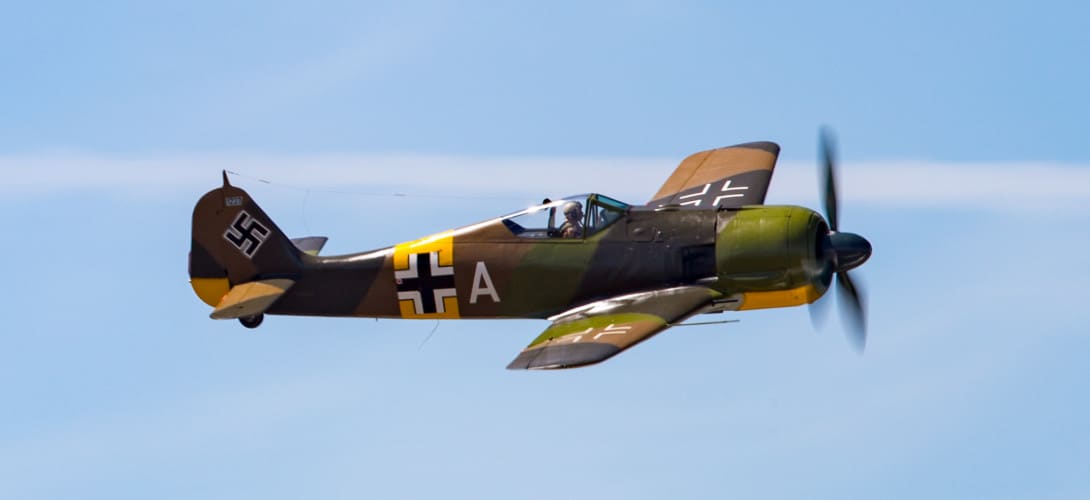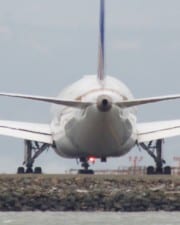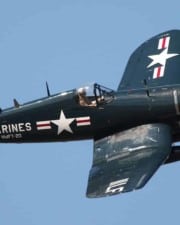A great part of the outcome of World War Two was decided in the air. Air raids and bombing campaigns conducted by more and more sophisticated aircraft helped the Allies win the war. Many of the mass-produced aircraft models are still household names today. These are the most produced aircraft of the second world war ordered by numbers, from both Axis and Allied sides.
The war manufacturing machine during World War Two that managed to mass-produce aircraft and other military equipment was truly impressive. To this day, aircraft manufacturers have not beaten the record set by certain armies during World War Two.
Even though the German aircraft industry was innovative and the most advanced in the world at the start of the war, the Allies quickly caught up. The most advanced was the United States, which readjusted its manufacturing capacity to produce aircraft and weapons even before it entered the war itself.
Here are the most-produced aircraft in World War Two in terms of aircraft numbers. Some of these date back to before the war or stayed in production afterward.
15. Vickers Wellington (11,461)
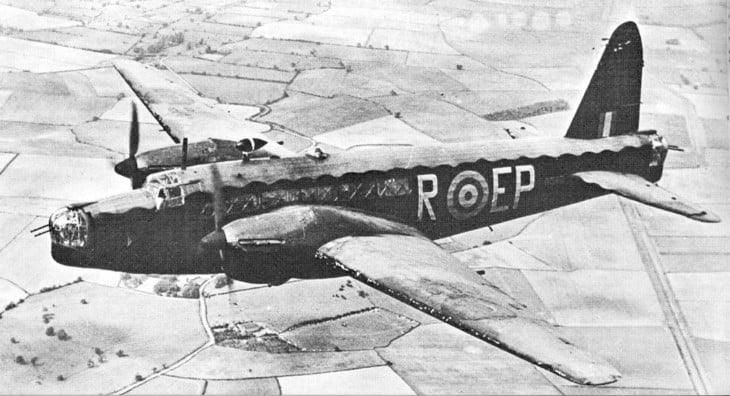
The Vickers Wellington was a staple of the British RAF, particularly during the country’s offensives against Germany when this bomber made up 60% of the raids. It was the RAF’s most produced bomber, clocking in at 11,461 produced units.
The Vickers Wellington’s design set it apart from previous models. The twin-engine medium bomber used geodetic construction methods, which put load-bearing members in a basket-weave shape to create the frame. This resulted in a lighter, safer, and easier-to-build bomber.
The Vickers Wellington even had an illustrious post-war career as a turbojet engine tester before retiring in 1953. The longevity of this model shows its quality.
14. Vultee BT-13 Valiant (11,000)
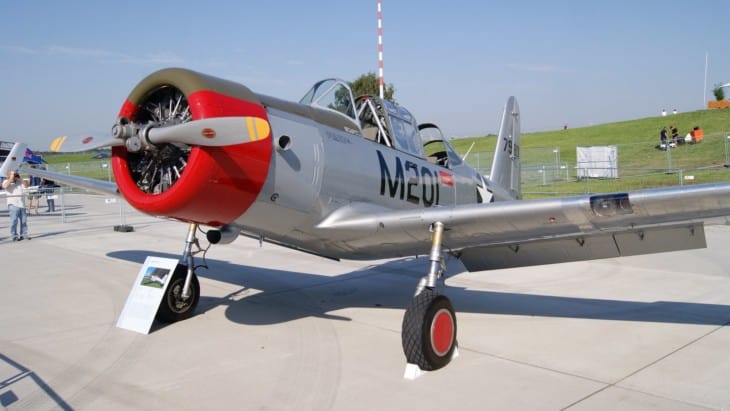
The Vultee BT-13 Valiant was the most popular trainer plane used by the U.S. military during World War Two. About 11,000 of them were built during the model’s run.
Trainer aircraft are very important for military purposes because they are ideal for training student pilots. They are simpler than regular bombers and jets but more complex than primary aircraft, giving students real-world experience. Vultees were used during the third 10-week phase of pilot training, dubbed Basic.
Many pilots have fond memories of their time flying Vultee BT-13 Valiants, affectionately calling them “Vultee Vibrators” because of their landing gear. Even though this model never saw combat time, it was still very important for the U.S. military effort.
13. Grumman F6F Hellcat (12,275)

The Grumman F6F Hellcat is one of the most famous fighter planes created by the U.S. military—its iconic name certainly doesn’t hurt. In just three years of the war, the United States produced 12,275 planes.
The reason why the U.S. manufacturing industry pumped out so many of these planes is that the Hellcat was easily the best plane in the Pacific Theater. It was designed to pilot specifications by Leroy Randle Grumman and included powerful 2,000 horsepower engines and massive retractable wings.
The result was a fighter plane that could fly higher and carry more weapons than almost any other similar aircraft in the war, quickly swinging air battles in the favor of the U.S. One decisive example is the Battle of Leyte Gulf when two Hellcat pilots shot down 15 enemy aircraft by themselves.
12. Vought F4U Corsair (12,571)
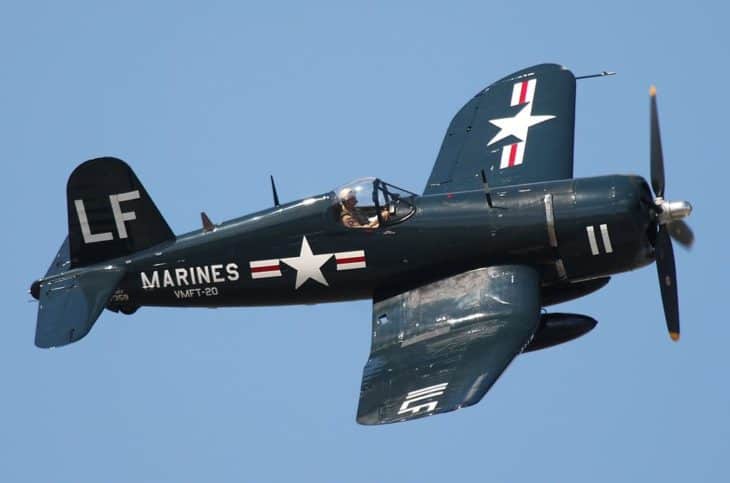
The Vought F4U Corsair was another aircraft that helped swing the tide of the Pacific theater in favor of the Allies. The U.S. military produced 12,571 of these fighters starting in 1941.
The Vought F4U Corsair was a favorite of Marine pilots thanks to its speed, durability, and superior firepower. Before it entered combat, the U.S. had no way of countering Japanese Mitsubishi Zero planes, but the Corsair quickly overpowered these planes.
After its impressive showing in World War Two, the Vought F4U Corsair continued to be a mainstay of the U.S. military going into the Korean War until it was finally retired in 1952.
11. Curtis P40-Warhawk (13,738)
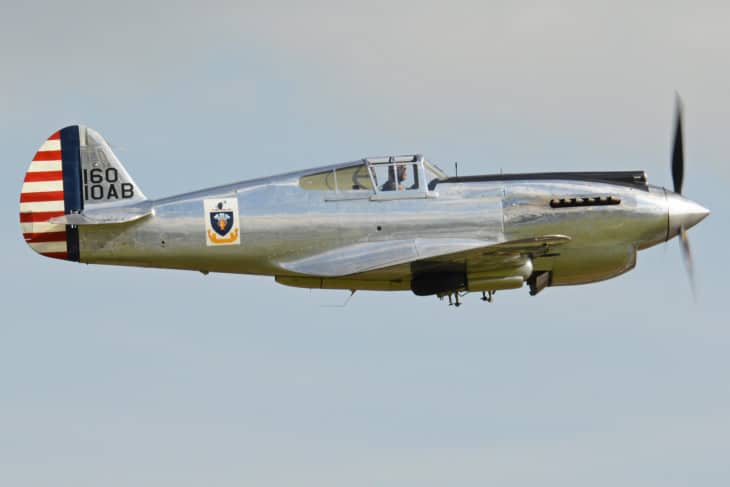
The Curtis P-40 Warhawk was one of the most produced fighter planes by the U.S. military during World War Two. About 13,738 fighters were built between 1938 and 1944.
The Warhawk built on previous Curtis designs and improved the craft’s aerodynamics, speed, and more. An update to the model called the Kittyhawk added even more armaments to the fighter.
Technically, the Warhawk may not be the most advanced fighter plane of World War Two, but it is one of the most iconic for a few reasons. It participated in many decisive battles, including the defense of Pearl Harbor, and was used by the “Flying Tigers” volunteer group in China. It has a distinctive shark mouth pattern.
10. Hawker Hurricane (14,483)

The Hawker Hurricane was the workhorse of the British RAF during World War Two. Around 14,483 of these were built between 1937 and 1944.
The Hurricane may not be as well-known as the iconic Supermarine Spitfire, but it was arguably more important for the war effort. Pilots flying these planes accomplished 80% of the total aircraft destroyed during the Battle for Britain, more than all other defense forces combined.
Pilots liked the Hurricane thanks to its speed and the simplicity of its cockpit. The RAF’s 32 Hurricane squadrons made significant contributions to the war effort.
9. Junkers Ju-88 (14,676)
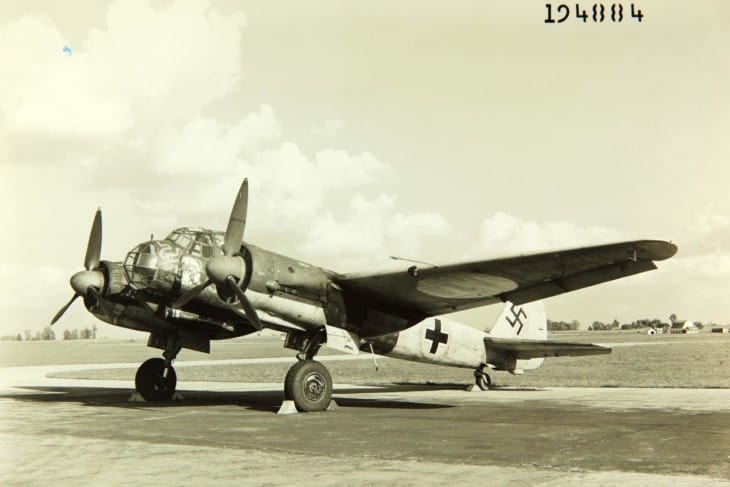
The Junkers Ju-88 was the backbone of the German Luftwaffe and struck fear into the hearts of Allied forces everywhere. The multi-role combat aircraft could do everything from bombing raids to night fighting and long-range reconnaissance. It’s no wonder that the Luftwaffe produced 14,676 of this model.
The Junkers are most famous for their role in the Battle of Britain. Their night-flying capabilities made them an important asset for the German army, although the RAF had a relatively easy time destroying these craft thanks to their limited armoring.
The versatility of this model existed thanks to the many different prototypes the Luftwaffe developed. Variations included The Ju-88C, a heavy bomber version, and the KG40, which flew in support of the U-boats.
8. P-51 Mustang (15,000)

The P-51 Mustang is one of the most iconic fighter planes produced by the U.S. military during World War Two. The U.S. produced over 15,000 of these aircraft, including variations such as the P-51D.
The most important innovation of the P-51 Mustang was its long-range capabilities. Before it entered production, the Allied forces were unable to counter Germans in the air because they suffered heavy losses every time they sent unescorted bombers into German territory. The P-51 changed all that and managed to win air battles with the Luftwaffe thanks to its better maneuverability.
Besides its use by the regular U.S. military, the P-51 Mustang was a favorite of the RAF. It was used by the iconic Tuskegee Airmen, one of the best squads of African-American pilots in the then-segregated U.S. military.
7. P-47 Thunderbolt (15,683)

The P-47 Thunderbolt was another mainstay fighter of the U.S. Air Force during World War Two, although other Allied militaries also used this model. Around 15,683 Thunderbolts were produced during the war, far more than any other fighter used by the U.S. military.
The Thunderbolt was the heaviest single-engine fighter of its kind in use by any military during World War Two thanks to its massive powerful engine. However, its weight did not slow it down, making it as fast as many Luftwaffe crafts, including when diving. The Thunderbolt also had superior armoring, making it more resistant in dogfights and air battles.
Thanks to its workhorse capabilities, the Thunderbolt was one of the most important aircraft in the European theater. It was the most used aircraft in this theater and played an important role in the Normandy D-Day Invasion. In the Pacific theater, the Thunderbolt’s extreme range made it possible for the U.S. to finally counter the Japanese when flying over the massive battlefields.
6. Yakovlev Yak-9 (16,769)
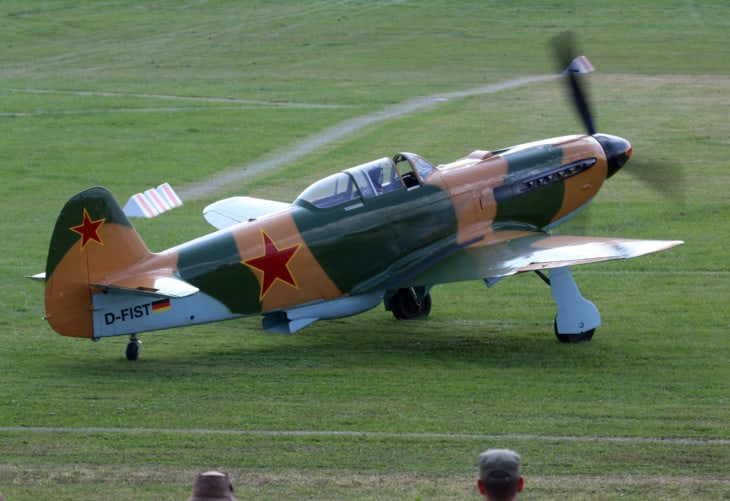
The Soviet Union’s military is often underrated when looking at World War Two production and efforts, but the USSR had two of the most-produced aircraft of the war. One of these is the famous Yakovlev Yak-9, which numbered 16,769 total airplanes by the end of the war.
The true number of Yakovlev Yak-9s is actually a bit fuzzy. Some experts think as many as 31,000 were built when counting how many other Communist states began using these planes. These versatile fighters were used by the North Korean military during the Korean War.
The Yak-9s were some of the most important fighters for the Soviet war effort, helping to beat back the Nazis during the Battle of Stalingrad. Pilots respected the easy maintenance yet high power of this light fighter plane. Some pilots even preferred the Yak-9 to American and British models.
5. Consolidated B-24 Liberator (18,482)
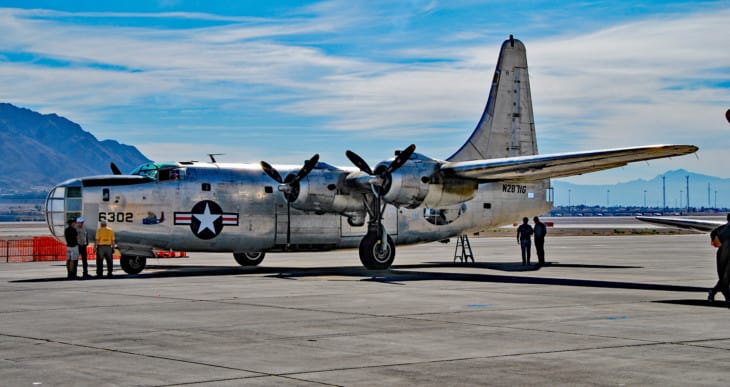
The Consolidated B-24 was the most-produced heavy bomber of World War Two. The U.S. military machine produced a whopping 18,482 of these planes.

The B-24s entered World War Two before the United States itself did as part of military aid to Britain during the cash-and-carry program. The British nicknamed the heavy bombers “Liberators” because of their assistance in turning the tide of the Battle of Britain. They were particularly useful in stemming the attacks of German U-boats thanks to their antisubmarine capabilities.
B-24 Liberators were exceptional bombers thanks to their size, speed, and impressive long-range cruising capabilities. B-24 Liberators enabled incursions into German territory in the European theater and extensive bombing in the Mediterranean.
4. Focke-Wulf Fw-190 (20,000)
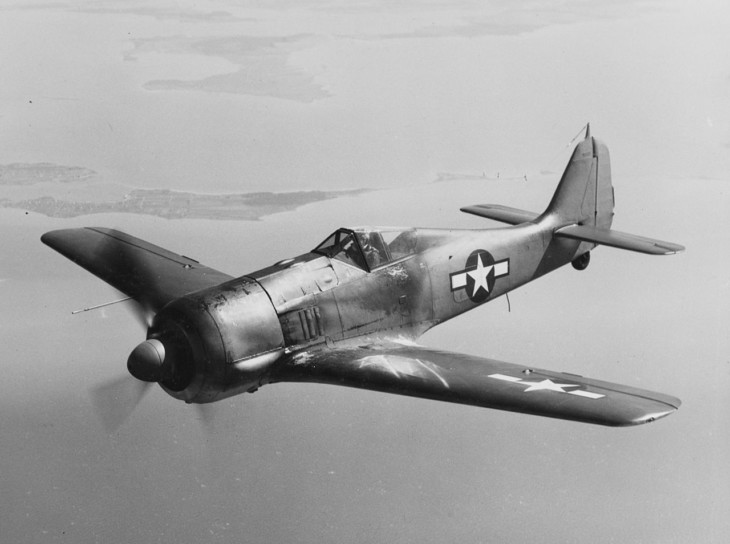
The Focke-Wulf Fw 190 was a plane that no Allied pilot wanted to encounter during a dogfight. The Nazi German Luftwaffe boasted over 20,000 of these light fighter planes during the war.
The Focke-Wulf Fw 190 was the German military’s only successful piston engine fighter that became operational after World War Two started. Its liquid-cooled engine improved the aircraft’s reliability. The long nose and new tail compared to previous models were other adjustments that made the Fw 190 so innovative.
The Fw 190 was beloved by German pilots thanks to its amazing skill in dogfights. This light, powerful aircraft was nearly unmatched in terms of climbing, diving, and flying. For a long period of the war, the Allies had no way of countering the superior maneuverability of this German fighter or defending against its interceptions.
3. Supermarine Spitfire (20,351)
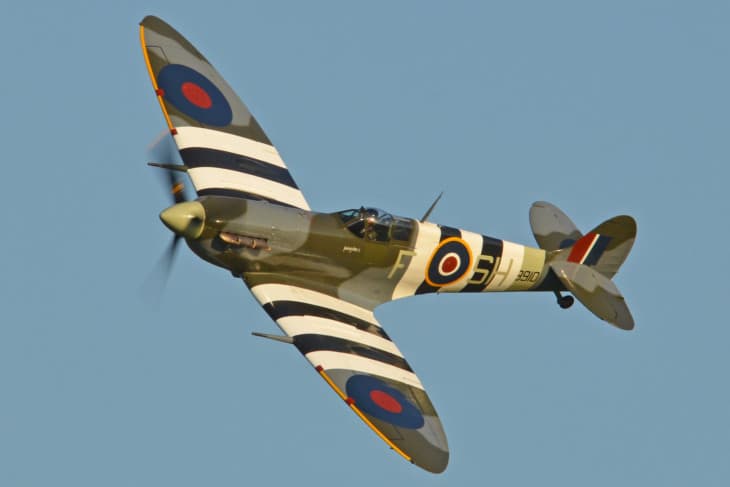
The Supermarine Spitfire is maybe the most recognizable plane of World War Two, particularly for British people. This single-seat fighter was the most recognizable and most reliable of the RAF planes. The British military produced a whopping 20,351 of these planes during the war.
The Supermarine Spitfires used the powerful Rolls-Royce Merlin engine inside a sleek design. The Spitfire was superior to most other planes in terms of speed and maneuverability. What really gave them the advantage was their ability to maintain performance at high altitudes, which the Luftwaffe could not counter.
Working in tandem with Hawker Hurricanes, pilots operating Supermarine Spitfires helped decide the course of the Battle of Britain. In recognition of this, the Luftwaffe bombed the production facilities in Southampton but still couldn’t stop this plane.
2. Messerschmitt Bf-109 (33,984)
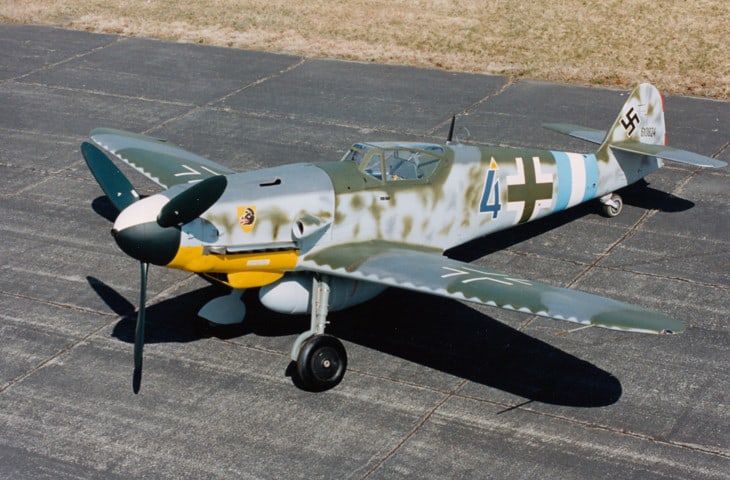
The Messerschmitt Bf-109 was the most-produced aircraft during World War Two by any Axis military. The Nazi German military produced 33,984 of these planes, which many other Axis militaries used.
From their first debut in the Spanish Civil War, the Messerschmitt Bf-109 planes were the most advanced aircraft in operation. For a long time, the Allies had no answer to this plane’s speed and superior maneuverability.
Bf-109s were not widely used in the Battle of Britain because of their bad fuel capacity but were crucial in intercepting bombers on the Eastern Front.
1. Ilyushin Il-2 (36,183)
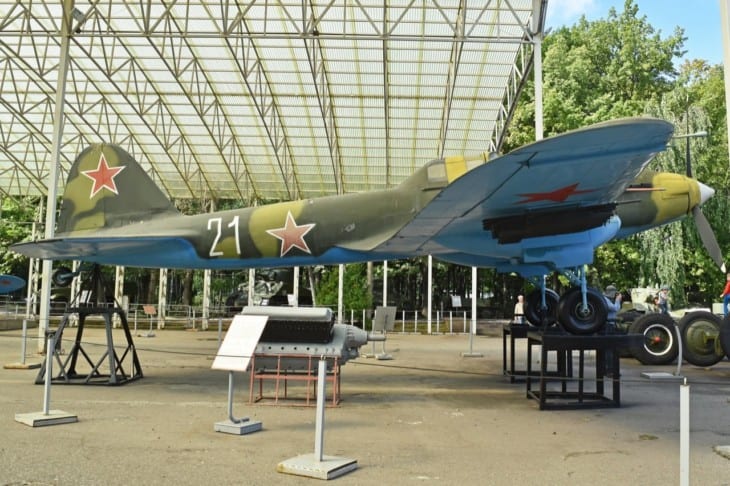
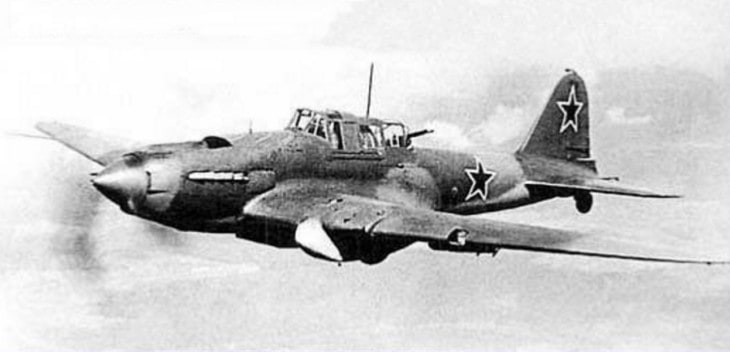
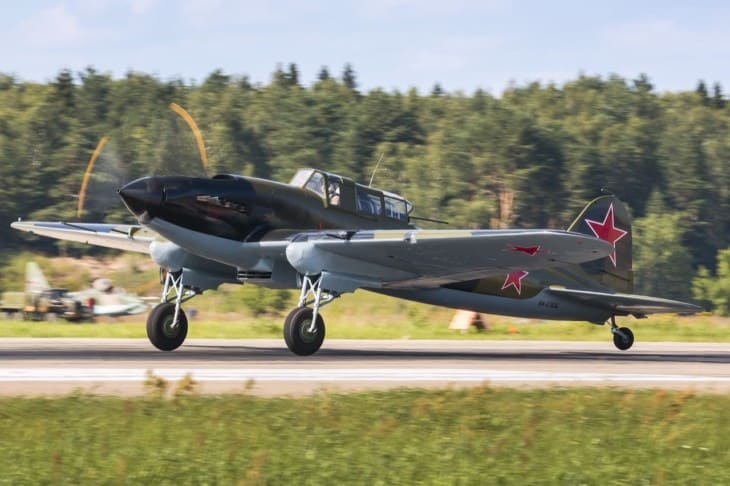
The Ilyushin Il-2, also called the Stormovik, “Flying Infantryman,” and “Winged Tank,” is the most-produced military aircraft of World War Two and all of history. The Soviet military churned out 36,183 of these flying machines.
Even more remarkable than the production numbers are the circumstances under which they were built. Facing heavy German advances, the Soviet Union had to move all of its manufacturing east of the Ural Mountains.
These single-seat bombers were incredibly effective against German tanks and artillery, helping to roll back the invasion.
Related Posts
